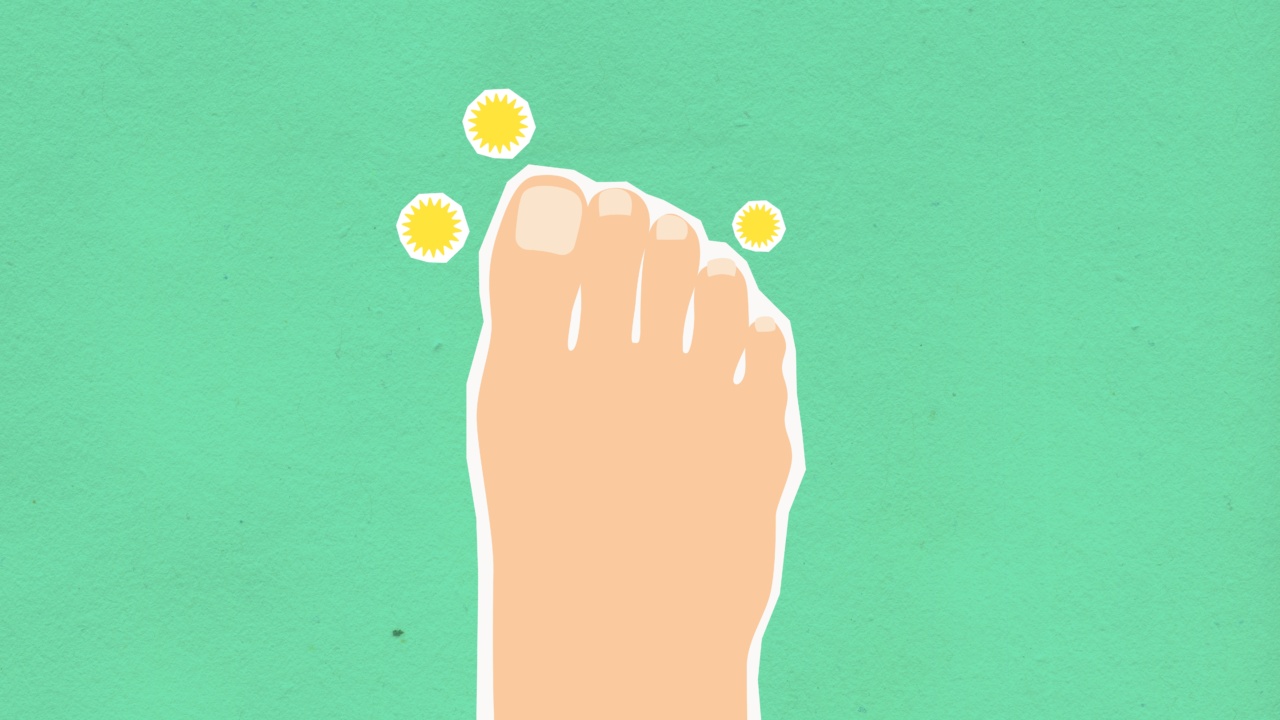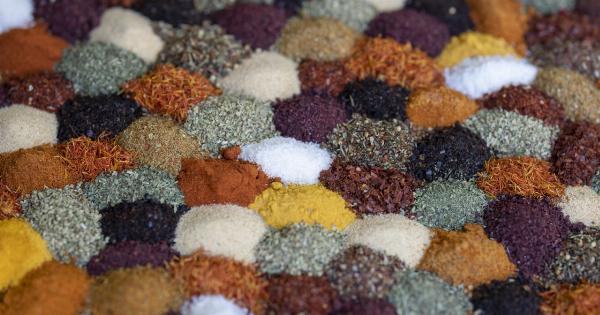Being a breastfeeding mother is a special and rewarding experience, but it can also come with its challenges. One common challenge that many nursing mothers face is dealing with fungal infections.
Fungal infections can occur on different parts of the body, such as the breasts, nipples, or even in the baby’s mouth. These infections can cause discomfort and pain, making breastfeeding a difficult and unpleasant experience. In this article, we will explore the causes of fungal infections while breastfeeding and provide tips on how to effectively deal with them.
Understanding Fungal Infections
Fungal infections are caused by an overgrowth of fungi or yeast on the skin or mucous membranes. The most common type of fungal infection for breastfeeding mothers is a condition called nipple thrush.
Nipple thrush is caused by a Candida yeast overgrowth and usually occurs when the delicate skin of the nipples becomes damaged or cracked.
Causes of Fungal Infections
Fungal infections can be caused by various factors including:.
- Prolonged use of antibiotics
- Poor hygiene
- Wearing tight-fitting bras or clothing
- Using damp breast pads or nursing bras
- Sharing contaminated breastfeeding equipment
- Inadequate sterilization of feeding accessories
Symptoms of Fungal Infections
Fungal infections can manifest in different ways, and it is important to recognize the symptoms to seek proper treatment. Some common symptoms of fungal infections while breastfeeding include:.
- Pain or itching in the nipples or breasts
- Shiny or flaky skin on the nipples or areolas
- Cracked or bleeding nipples
- Unusual nipple shape or color
- White patches in the baby’s mouth (oral thrush)
- Baby fussiness or refusal to latch
Dealing with Fungal Infections
If you suspect that you have a fungal infection while breastfeeding, it is important to seek medical advice from a healthcare professional. They can diagnose the infection and recommend appropriate treatment options.
In the meantime, here are some tips to help you deal with fungal infections:.
1. Practice Good Hygiene
Wash your hands thoroughly before and after breastfeeding to prevent the spread of infection. Keep your nipples clean and dry, and avoid using harsh soaps or lotions that could further irritate the skin.
2. Maintain Proper Breastfeeding Technique
Ensure that your baby is latching properly to minimize nipple trauma. A proper latch can help prevent further damage to the nipples and reduce the risk of yeast overgrowth.
3. Use Medications as Prescribed
Your healthcare professional may prescribe antifungal medications to treat the infection. It is important to follow their instructions carefully and complete the full course of treatment, even if symptoms improve.
4. Keep Breastfeeding
Do not stop breastfeeding unless specifically advised by your healthcare professional. Continuing to breastfeed can help prevent the infection from worsening and can also provide soothing comfort to your baby.
5. Treat Both Mother and Baby
If your baby shows signs of oral thrush, it is essential to treat both yourself and your baby simultaneously. Fungal infections can easily be passed back and forth between mother and baby while breastfeeding.
6. Sterilize Breastfeeding Equipment
Clean and sterilize all pumping and breastfeeding equipment to prevent reinfection. This includes bottles, breast pump parts, and pacifiers. Follow the manufacturer’s instructions for proper cleaning and sterilization.
7. Wear Breathable Fabrics
Choose bras and clothing made from breathable fabrics, such as cotton, to promote airflow and help keep the affected areas dry. Avoid tight-fitting bras or clothing, as they can create a warm and moist environment that encourages fungal growth.
8. Consider Probiotics
Probiotics are beneficial bacteria that can help restore the natural balance of microorganisms in your body. Consult with your healthcare professional about incorporating probiotic supplements or foods into your diet to support your immune system.
9. Seek Support
Dealing with a fungal infection while breastfeeding can be emotionally and physically challenging. Reach out to local support groups or online communities of breastfeeding mothers who have experienced similar issues.
They can provide practical advice and emotional support to help you navigate through this difficult time.
10. Prevent Future Infections
Take preventive measures to reduce the risk of future fungal infections. These include maintaining good hygiene, changing breast pads frequently, and avoiding prolonged use of antibiotics unless necessary.





























